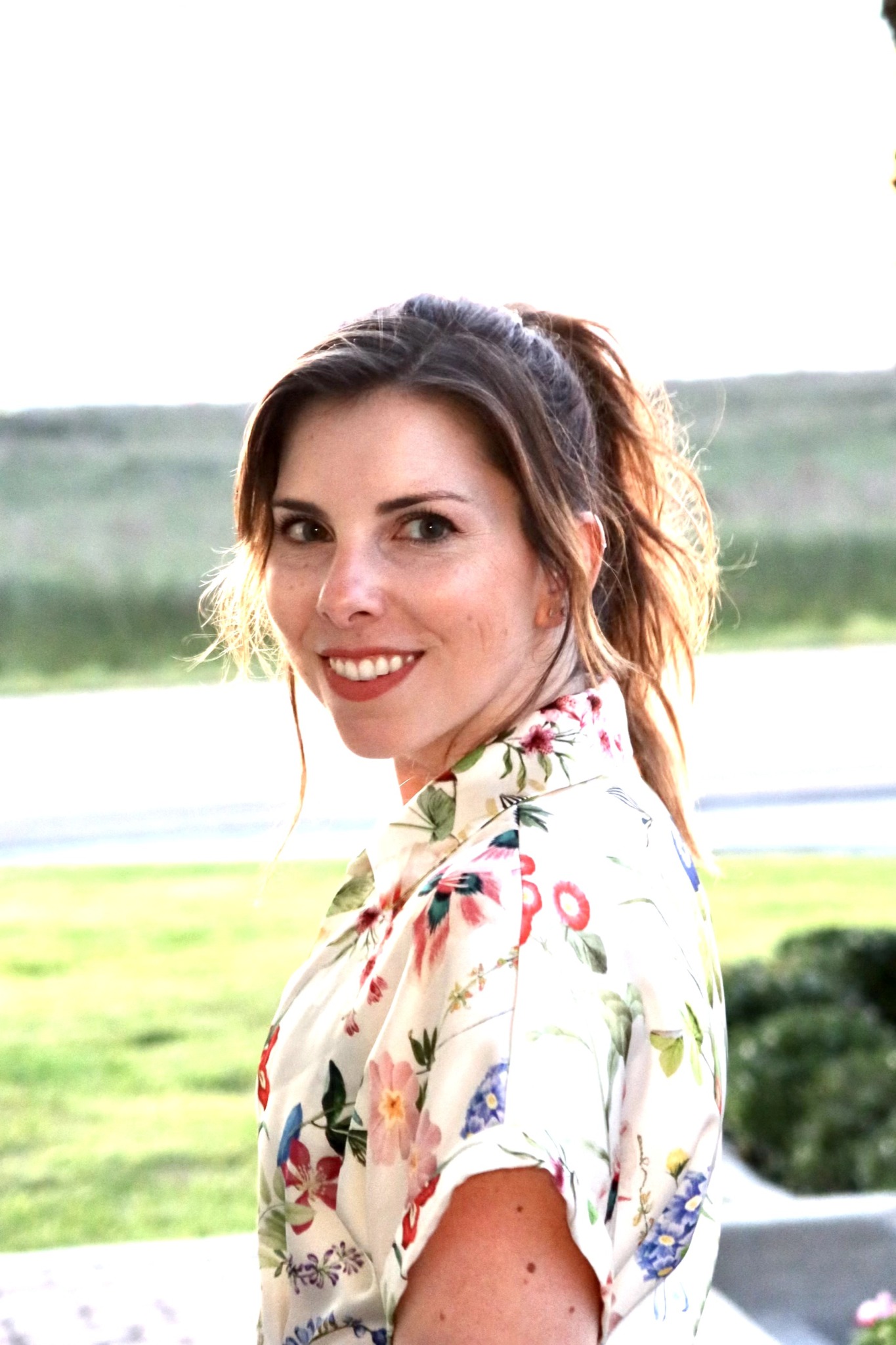We caught up with the brilliant and insightful Holly Hughes a few weeks ago and have shared our conversation below.
Holly, appreciate you joining us today. What do you think it takes to be successful?
To be successful, I think it starts with having a strong work ethic—showing up, following through, and taking pride in what you do. Especially in remote settings, it’s important to be direct and over-communicate to avoid misunderstandings and keep things moving smoothly. I also believe in maintaining good relationships with coworkers; you never know who might offer you a job down the line or who you’ll end up working with again. It’s just as important to advocate for yourself—don’t be afraid to ask for what you want. Whether it’s a raise, a promotion, or new responsibilities, be clear about your goals and ask what steps you can take to get there—then actually follow through on the feedback you’re given.
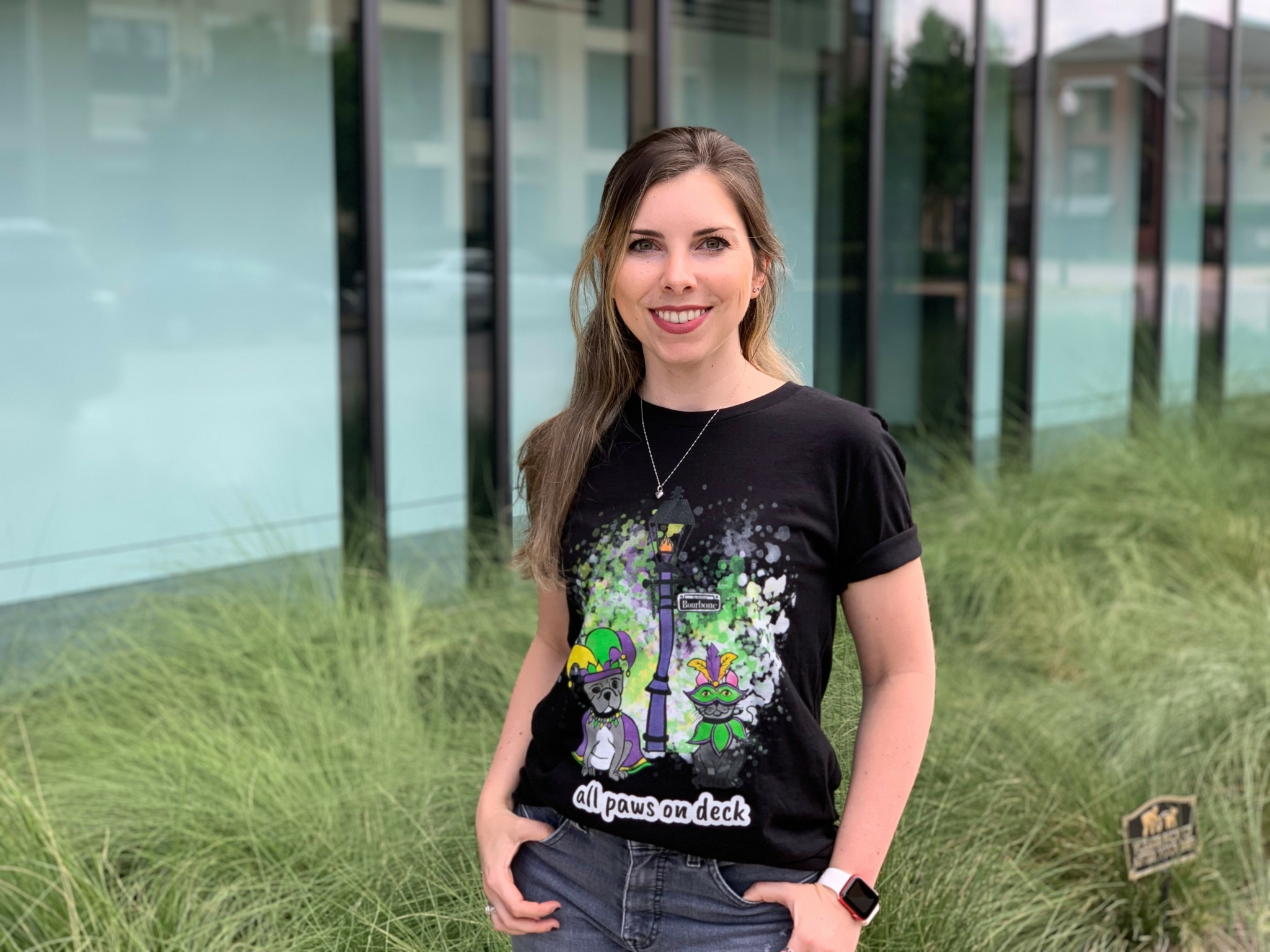
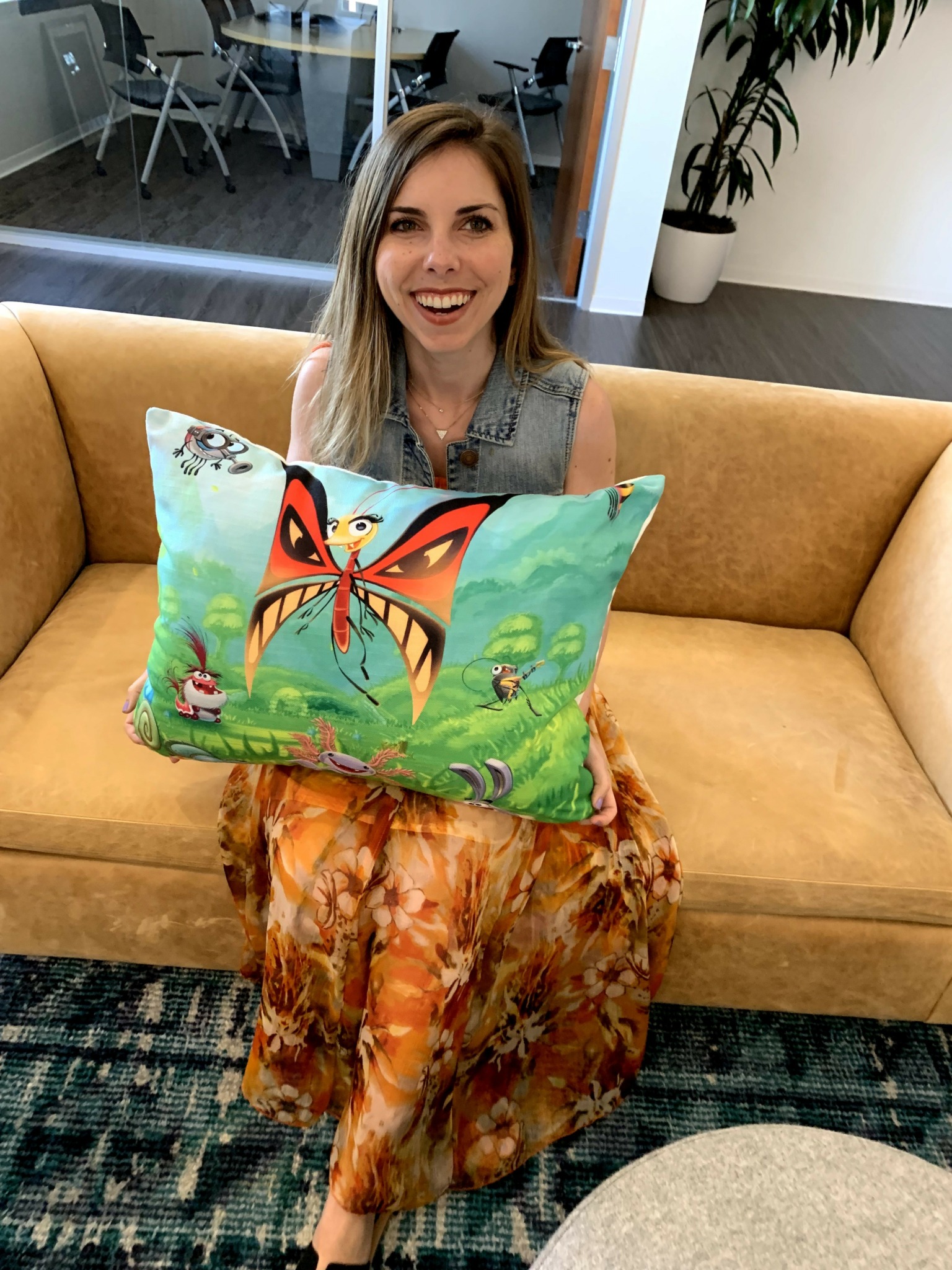
Holly, before we move on to more of these sorts of questions, can you take some time to bring our readers up to speed on you and what you do?
I’ve always had a love for art—growing up, I was constantly drawing and knew early on that I wanted to turn that creativity into a career. I majored in graphic design and landed my first design job before I even graduated. That role quickly evolved into a video-focused position, even though I had no formal training in video at the time. I’m proud to say I’m entirely self-taught in that area, and incredibly grateful for that first job and boss who gave me the space to learn and grow on the job.
Today, I’m an Art Director with a focus on UGC (user-generated content) ads, and I lead the creative direction for the UGC studio at my current company. I wear a lot of hats—concepting for 2D videos, writing scripts, managing freelancers and creators, and making sure our ideas are not only creative but actually executable. A big part of my role is troubleshooting executional hurdles and staying flexible when last-minute client changes roll in, like shifting scripts or new deliverables.
What sets me apart is that I balance creative vision with real-world practicality. I’m always thinking a few steps ahead—how to bring an idea to life within our timeline, how to give clear direction to a wide range of creators, and how to keep everything running smoothly, even when unexpected challenges pop up.
What I’m most proud of is how I’ve been able to grow from a junior graphic designer to leading creative in a fast-paced, ever-evolving space like UGC advertising—without losing the artistic passion that got me here in the first place. I want people to know that my work is rooted in thoughtful strategy, creative execution, and a deep understanding of what makes content connect with real audiences.
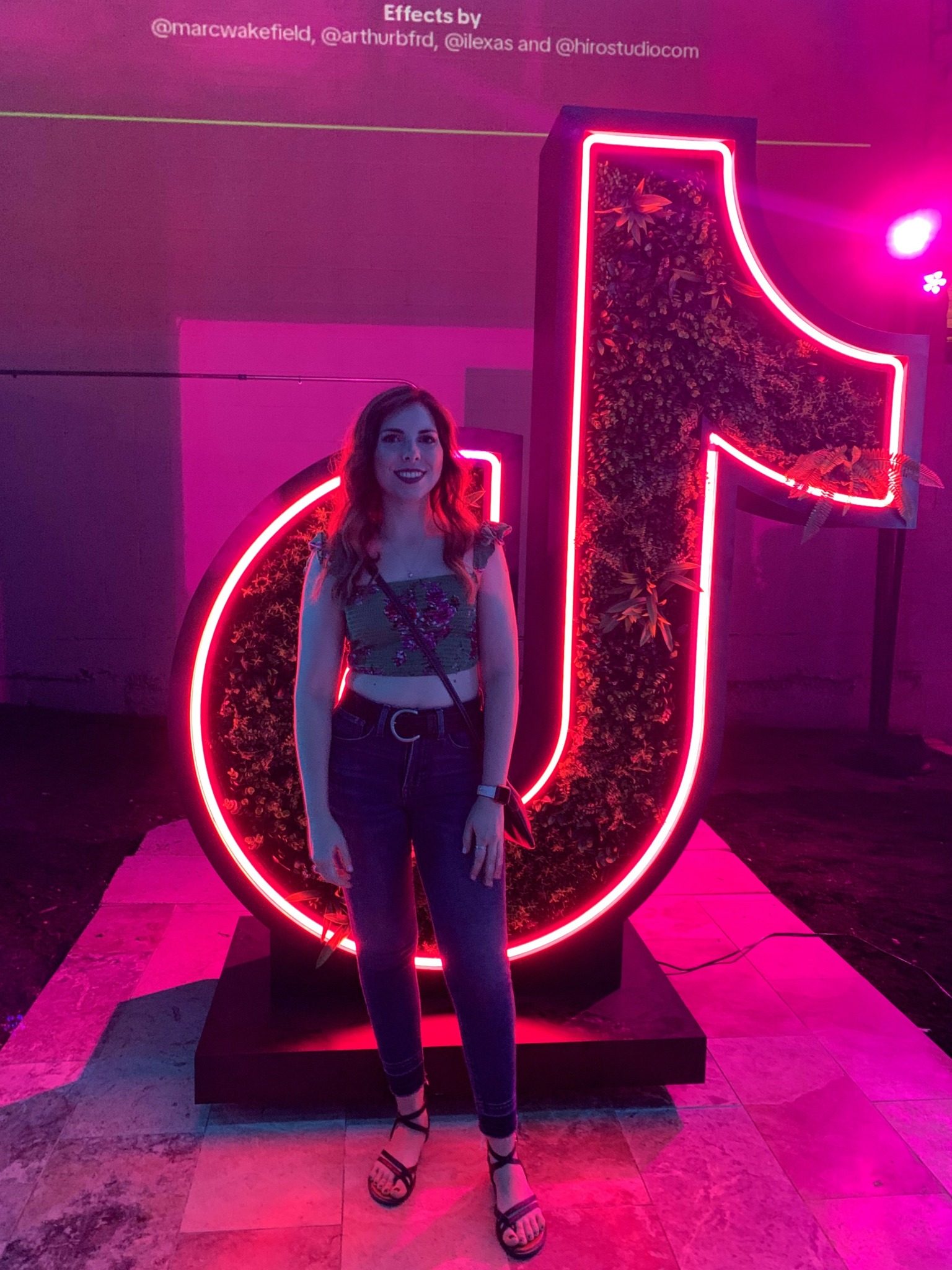

Is there something you think non-creatives will struggle to understand about your journey as a creative? Maybe you can provide some insight – you never know who might benefit from the enlightenment.
One thing I think non-creatives often don’t realize is just how mentally exhausting creative work can be. From the outside, it might look like we’re just “making things look pretty”. But in reality, there’s a lot of strategy, logic, and problem-solving that goes into every design or video. Every piece of creative work you see likely went through multiple versions, rounds of feedback, and a lot of back-and-forth to make sure it hits the mark. It’s not just about aesthetics—it’s about crafting something that communicates clearly, connects emotionally, and drives results. That level of intention takes time, collaboration, and serious brainpower.
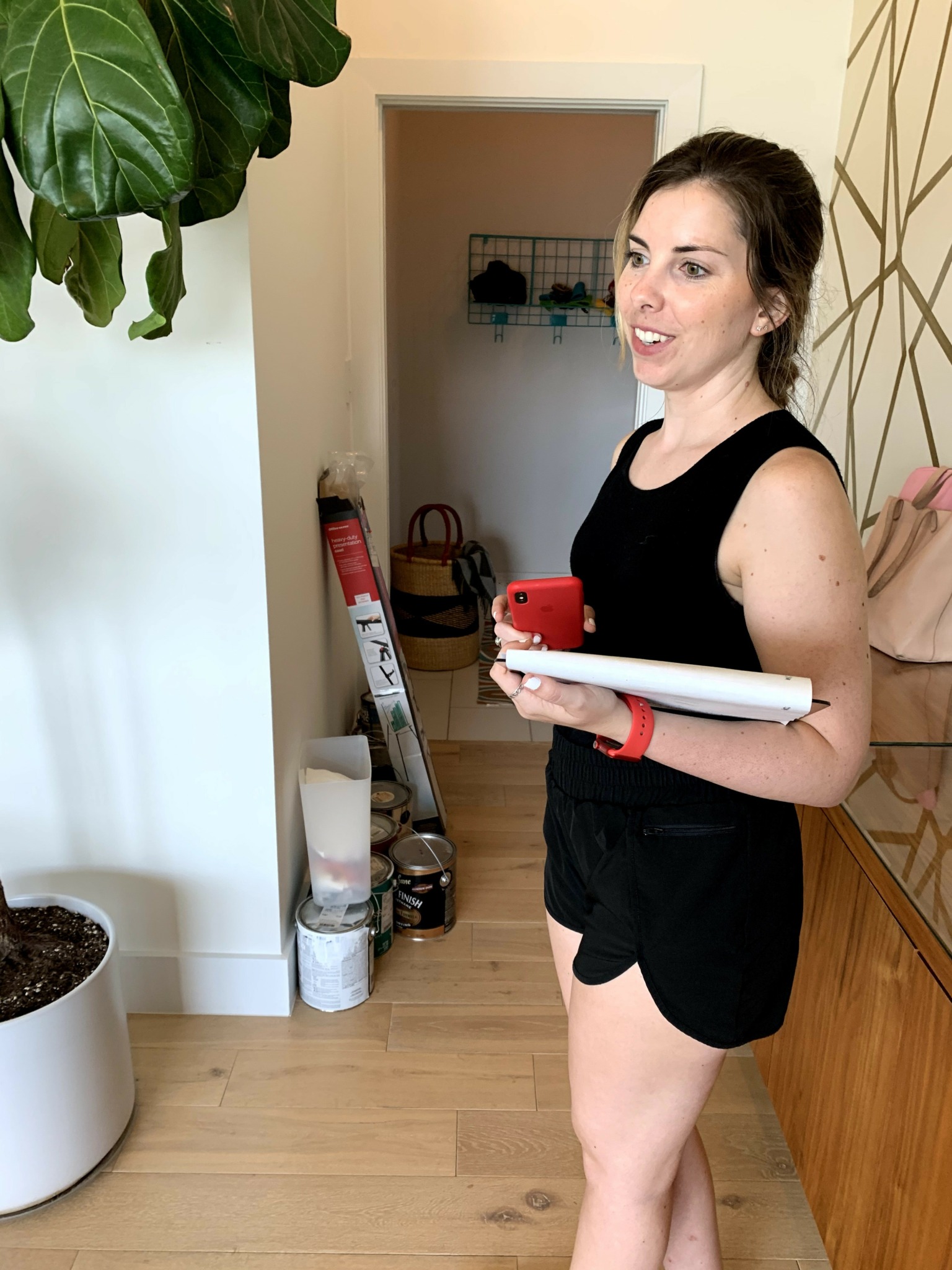
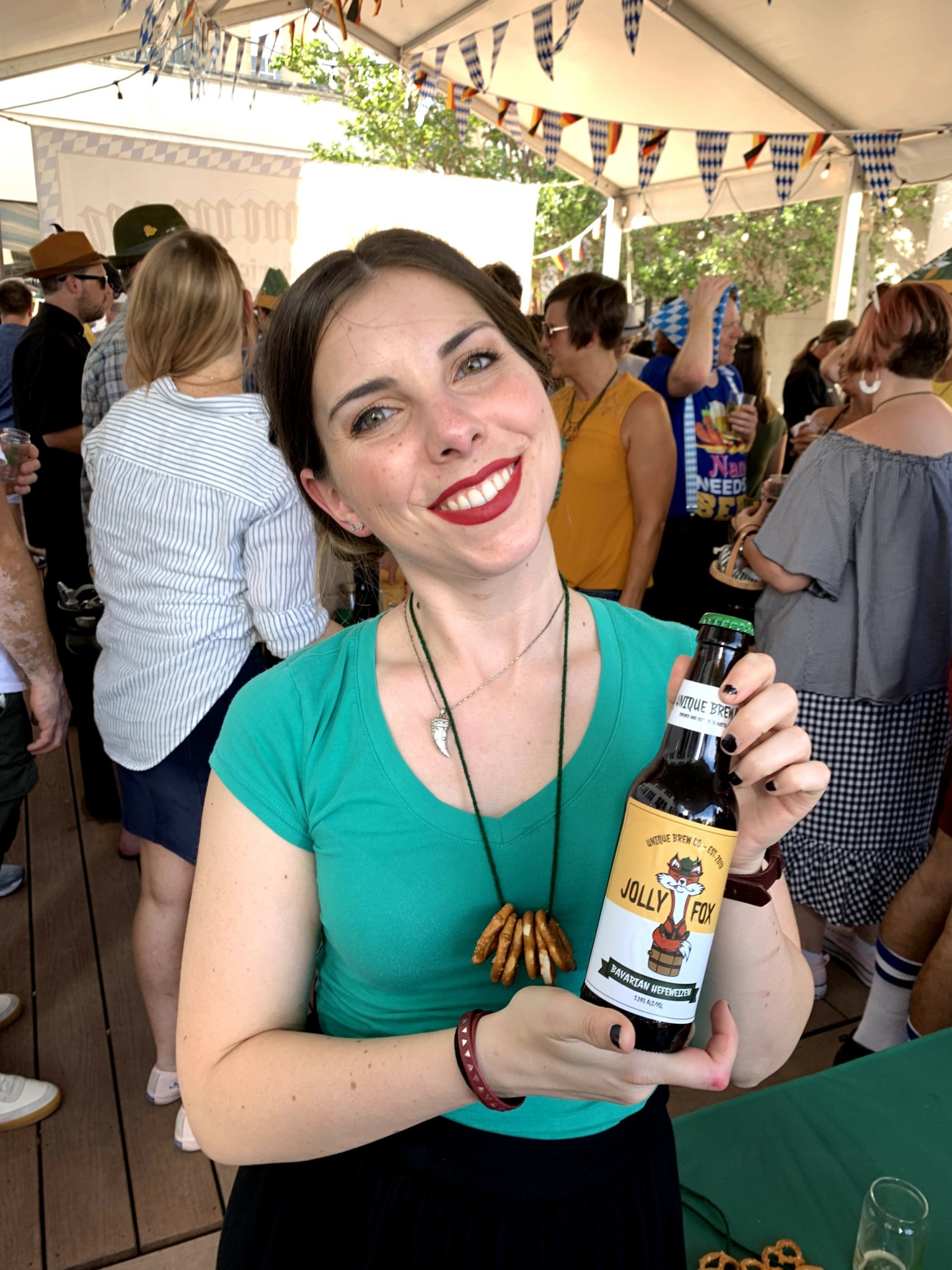
Any resources you can share with us that might be helpful to other creatives?
I wish I had known about School of Motion earlier in my journey—especially when I was first learning After Effects. They offer structured, in-depth courses that would’ve saved me a lot of time and confusion. Instead, I took the self-taught route via “YouTube University,” piecing together random tutorials and reverse-engineering projects to figure out how things actually worked. It was definitely a slower process, but it taught me how to problem-solve creatively and think critically about every part of the animation process. Looking back, a resource like School of Motion would’ve accelerated my learning, but I’m proud of the grit and curiosity that got me to where I am today.
Contact Info:
- Website: https://hollyhughesdesigns.com
- Instagram: hollyrenee_43
- Linkedin: hrhughes43


Image Credits
no actual photographers used


